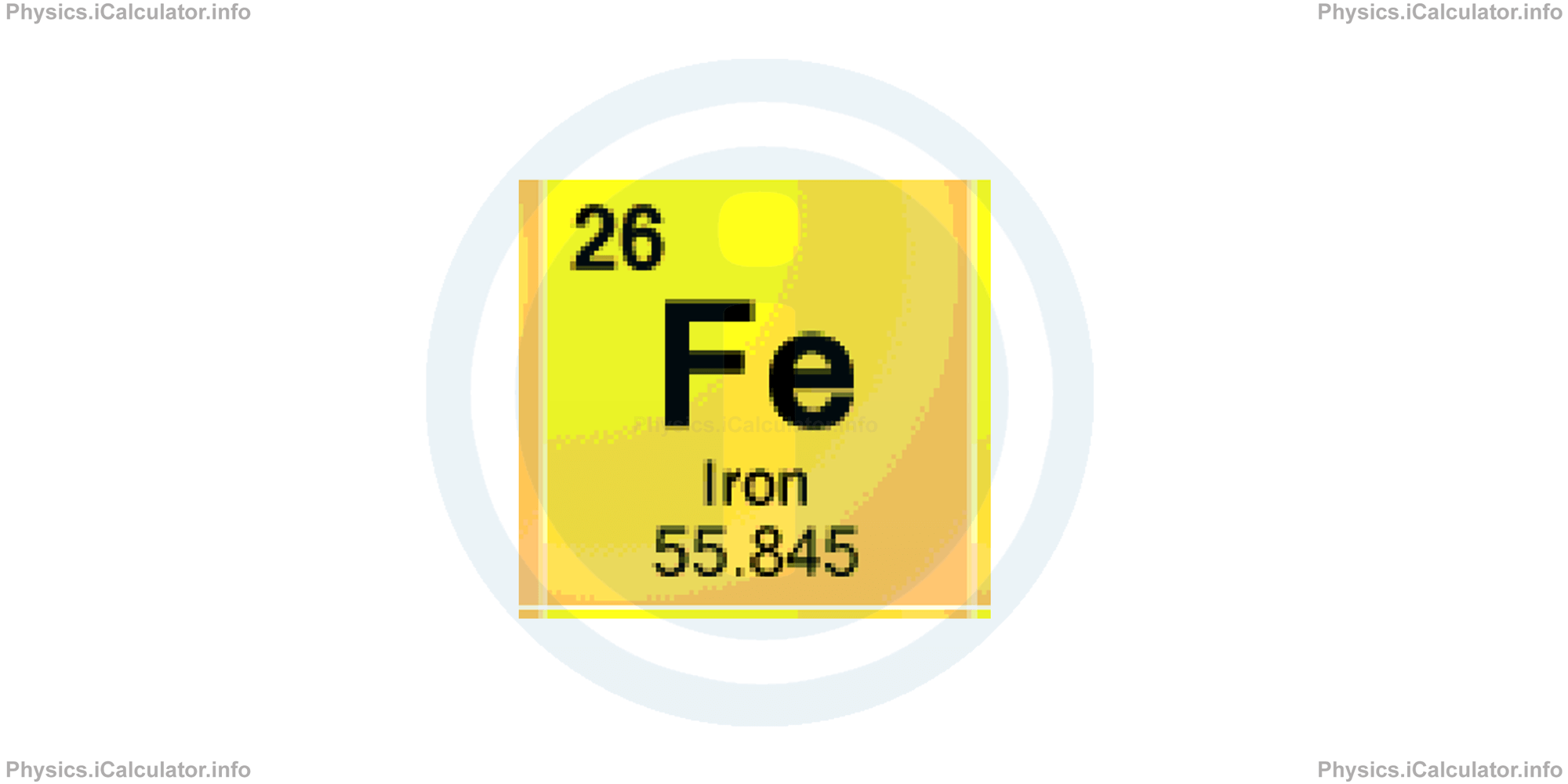Menu
Physics Lesson 20.1.7 - Atomic Mass (Weight) Number
Please provide a rating, it takes seconds and helps us to keep this resource free for all to use
Welcome to our Physics lesson on Atomic Mass (Weight) Number, this is the seventh lesson of our suite of physics lessons covering the topic of Atomic Nucleus and Its Structural Properties, you can find links to the other lessons within this tutorial and access additional physics learning resources below this lesson.
Atomic Mass (Weight) Number
Another number that appear near each element (below its symbol) in the periodic table is the atomic mass or atomic weight number A. In general, it is not a whole number and shows a mean value of all isotopes of a given element based on the percentage of their existence. However, the value of A is easily found by rounding the value shown in the periodic table (under the name of element) to the nearest whole number. Atomic weight is not used to identify the name of element (Z is enough for this) but the corresponding isotope instead. Hence, Z = 1 and A = 3 means we are dealing with a hydrogen isotope (known as deuterium) which has 1 proton and 2 neutrons in the nucleus.
The unit used to indicate the atomic mass is not kilogram but amu (atomic mass unit) or simply u instead. Thus, in scientific terms, 1 u represents 1/12 of the mass of a C-12 nucleus and it is a rough value to indicate the mass of one proton or one neutron. The conversion factor between amu and kilogram is
For example, in the periodic table shown above, you see the number 195.085 below the Platinium (Pt) element (Z = 78). This means a Platinium nucleus is about 195 times heavier than 1/12 of a C-12 nucleus. Another conclusion we draw from the above value is that A (Pt) = 195, so the number of neutrons in this nucleus is N = A - Z = 195 - 78 = 118.
Example 1
A chemical element X has 26 protons and 57 particles in the nucleus.
- What element is it?
- What is the number of neutrons in the nuclei of X?
- What is the atomic weight of this element?
Solution 1
- The atomic number Z of the unknown element must be 26. Therefore, we identify this element in the periodic table. It is shown below.
 Obviously, the name of element is iron (its symbol is Fe).
Obviously, the name of element is iron (its symbol is Fe). - Since the element has 57 particles in the nucleus (A = 57), the number of neutrons N is A = Z + NThus, the given element is one of many isotopes of iron.
N = A - Z
= 57 - 28
= 29 - The figure extracted from the periodic table shows the value 55.845 below the name of element. This shows that the atomic weight (mass) of this element is 55.845 amu.
You have reached the end of Physics lesson 20.1.7 Atomic Mass (Weight) Number. There are 9 lessons in this physics tutorial covering Atomic Nucleus and Its Structural Properties, you can access all the lessons from this tutorial below.
More Atomic Nucleus and Its Structural Properties Lessons and Learning Resources
Whats next?
Enjoy the "Atomic Mass (Weight) Number" physics lesson? People who liked the "Atomic Nucleus and Its Structural Properties lesson found the following resources useful:
- Mass Feedback. Helps other - Leave a rating for this mass (see below)
- Nuclear Physics Physics tutorial: Atomic Nucleus and Its Structural Properties. Read the Atomic Nucleus and Its Structural Properties physics tutorial and build your physics knowledge of Nuclear Physics
- Nuclear Physics Revision Notes: Atomic Nucleus and Its Structural Properties. Print the notes so you can revise the key points covered in the physics tutorial for Atomic Nucleus and Its Structural Properties
- Nuclear Physics Practice Questions: Atomic Nucleus and Its Structural Properties. Test and improve your knowledge of Atomic Nucleus and Its Structural Properties with example questins and answers
- Check your calculations for Nuclear Physics questions with our excellent Nuclear Physics calculators which contain full equations and calculations clearly displayed line by line. See the Nuclear Physics Calculators by iCalculator™ below.
- Continuing learning nuclear physics - read our next physics tutorial: Nuclear Forces, Defect of Mass and Binding Energy
Help others Learning Physics just like you
Please provide a rating, it takes seconds and helps us to keep this resource free for all to use
We hope you found this Physics lesson "Atomic Nucleus and Its Structural Properties" useful. If you did it would be great if you could spare the time to rate this physics lesson (simply click on the number of stars that match your assessment of this physics learning aide) and/or share on social media, this helps us identify popular tutorials and calculators and expand our free learning resources to support our users around the world have free access to expand their knowledge of physics and other disciplines.